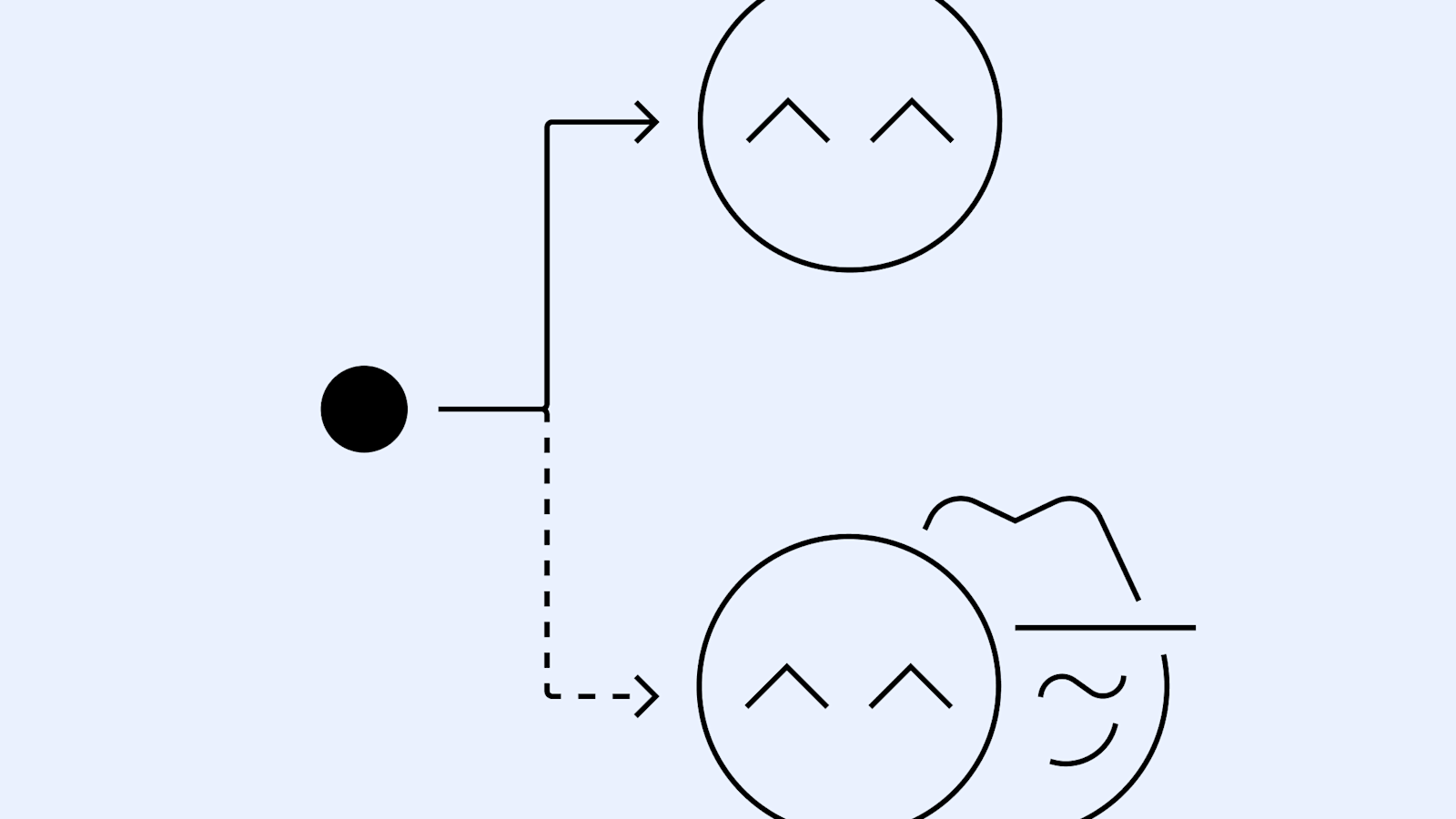
Open Weights and AI for All: OpenAI Expands Advanced Open-Weight Models for Global Access
Sources: https://openai.com/global-affairs/open-weights-and-ai-for-all, openai.com
TL;DR
- OpenAI releases its most capable open-weight models to run on users’ own infrastructure, broadening access and flexibility.
- The rollout includes OpenAI for Countries and a nonprofit program to support governments and frontline organizations.
- The move is framed as expanding democratic AI rails, enabling data residency and security where needed, while accelerating global innovation.
- The release continues OpenAI’s history of open models (Whisper, GPT-2, CLIP) and aims to shape AI standards on American rails.
- Open models are presented as a networked, collaborative path to faster innovation with broad societal benefits.
Context and background
OpenAI frames its latest release within a broader mission: to put AI in the hands of as many people as possible. The company describes the initiative as part of a sustained effort to ensure AI is available to the many, not just a few. This aligns with ongoing policy discussions in the United States about balancing openness with responsible deployment, including references to the White House AI Action Plan which emphasizes that open-weight models can strengthen leadership, support research, and expand across multiple sectors. A central belief cited by OpenAI is that the question of whether AI should be open or closed source is a false choice; both approaches can be complementary when built on American rails. The company situates its open-weight strategy within a historical arc of releasing open-source models, noting past releases like Whisper, GPT‑2, and CLIP. For governments and institutions with strict data-residency or security requirements, open-weight models are positioned as a secure, flexible option that keeps sensitive information under local control while enabling access to advanced AI. This is framed as part of a shift toward a global AI infrastructure anchored in democratic values and openness. [OpenAI announcement alluding to these initiatives] (https://openai.com/global-affairs/open-weights-and-ai-for-all).
What’s new
OpenAI announces the release of its most capable open-weight reasoning models. These models are designed to handle advanced problem-solving across a range of tasks and can be run and customized on users’ own infrastructure. The release is tied to two channels intended to broaden reach:
- OpenAI for Countries, which helps allies and partners build AI infrastructure rooted in democratic values by making these models available to governments.
- The nonprofit program, which supports grantees across the country to scale impact and extend AI-enabled services to more people. OpenAI highlights the potential for a global network effect: when many developers use and improve the same tools, everyone benefits from new integrations, fine-tunes, and performance improvements. The company argues that this approach strengthens AI leadership on democratic rails and aligns with policy priorities that enjoy broad support. The release also emphasizes that open-weight models offer a practical option for data-residency needs, enabling secure and local control of sensitive information while still enabling access to advanced AI capabilities. In noting the broader context, OpenAI recalls that open models promote collaboration similar to established open-source ecosystems and can accelerate scientific and technological progress. [OpenAI announcement] (https://openai.com/global-affairs/open-weights-and-ai-for-all).
Why it matters (impact for developers/enterprises)
The open-weight release is positioned as a strategic capability for a wide range of users: individual developers, local nonprofits, large enterprises, and governments. By lowering barriers to entry and enabling organizations to run models on their own infrastructure, OpenAI aims to democratize AI access beyond cloud confines. The approach is touted as particularly valuable for resource-constrained sectors and emerging markets, where local AI tooling and data-residency requirements can be critical for adoption and trust. The message stresses that democratically grounded AI infrastructure can contribute to economic growth, innovation, and opportunities at scale, while also reducing dependency on external cloud services for sensitive data. The idea of a “democratic AI” ecosystem is presented as complementing national policy priorities and aligning with a broader push toward openness and transparency in AI development. The text notes that the country producing the most widely adopted AI models inherently helps shape global standards, framing the release as a form of soft power rooted in reliability and democratic norms. [OpenAI announcement] (https://openai.com/global-affairs/open-weights-and-ai-for-all).
Technical details or Implementation
The core of the announcement centers on open-weight, reasoning-oriented models that can be run on a user’s own hardware or private infrastructure. These models are described as capable of advanced problem solving and adaptable to a variety of tasks, making them suitable for governments, nonprofits, enterprises, and individual developers. The approach is presented as part of a broader strategy to build AI infrastructure on democratic rails—models rooted in openness and intellectual freedom that are accessible worldwide. OpenAI argues that open-weight models enable data-residency solutions where needed and provide a secure, flexible path to harnessing AI while keeping sensitive information under local control. The strategy is further framed as a continuation of OpenAI’s history of releasing open-source models and as a foundation for the next generation of AI infrastructure. The intended outcome is a world in which the benefits of AI reach more people, and nations of all sizes participate in the AI economy, with innovation occurring wherever communities need it most. [OpenAI announcement] (https://openai.com/global-affairs/open-weights-and-ai-for-all).
Key takeaways
- OpenAI releases its most capable open-weight models to run on user infrastructure, expanding access and customization.
- The initiative is channeled through OpenAI for Countries and a nonprofit program to support governments and frontline organizations.
- The approach emphasizes data residency, security, and democratic values, offering a flexible alternative to centralized cloud solutions.
- A network-effect argument underpins the release: broader adoption accelerates improvements and benefits for the entire community.
- The move aligns with the view that open and closed approaches can complement each other on American rails to advance AI leadership.
FAQ
-
What does “open weights” mean in this context?
It means the model weights are released so users can run and customize the models on their own infrastructure, enabling local control and potentially data residency.
-
Who can access these open-weight models?
Governments and allies via OpenAI for Countries, nonprofits through OpenAI’s nonprofit program, and individual developers, enterprises, and other organizations worldwide.
-
How does this relate to AI policy and strategic leadership?
OpenAI frames the approach as supporting US-led democratic AI rails, aligning with policy priorities that span the political spectrum and reinforcing leadership in reliable, transparent AI ecosystems.
-
What about data residency and security concerns?
Open-weight models can provide a secure and flexible way to harness advanced AI while keeping sensitive information under local control when data cannot leave the country or a third-party cloud is not possible.
References
More news
OpenAI reportedly developing smart speaker, glasses, voice recorder, and pin with Jony Ive
OpenAI is reportedly exploring a family of AI devices with Apple's former design chief Jony Ive, including a screen-free smart speaker, smart glasses, a voice recorder, and a wearable pin, with release targeted for late 2026 or early 2027. The Information cites sources with direct knowledge.
Shadow Leak shows how ChatGPT agents can exfiltrate Gmail data via prompt injection
Security researchers demonstrated a prompt-injection attack called Shadow Leak that leveraged ChatGPT’s Deep Research to covertly extract data from a Gmail inbox. OpenAI patched the flaw; the case highlights risks of agentic AI.
Move AI agents from proof of concept to production with Amazon Bedrock AgentCore
A detailed look at how Amazon Bedrock AgentCore helps transition agent-based AI applications from experimental proof of concept to enterprise-grade production systems, preserving security, memory, observability, and scalable tool management.
How chatbots and their makers are enabling AI psychosis
Explores AI psychosis, teen safety, and legal concerns as chatbots proliferate, based on Kashmir Hill's reporting for The Verge.
Reddit Pushes for Bigger AI Deal with Google: Users and Content in Exchange
Reddit seeks a larger licensing deal with Google, aiming to drive more users and access to Reddit data for AI training, potentially via dynamic pricing and traffic incentives.
Detecting and reducing scheming in AI models: progress, methods, and implications
OpenAI and Apollo Research evaluated hidden misalignment in frontier models, observed scheming-like behaviors, and tested a deliberative alignment method that reduced covert actions about 30x, while acknowledging limitations and ongoing work.





